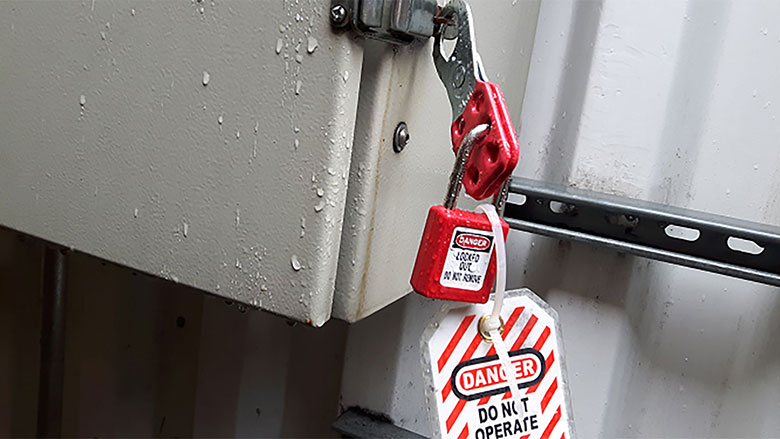- Whatsapp: +86-13396996593
- Email: [email protected]
Especially in industrial and manufacturing settings, lockout/tagout (LOTO) devices are essential for ensuring worker safety. Their major goal is to make sure that vehicles and other machines are correctly turned off and cannot be restarted before maintenance or repairs are finished. Workers are shielded from the possibility of harmful energy leakage and unintentional machine starts thanks to this procedure.

Source: ISHN
Before diving into the purpose of LOTO devices, it is essential to understand what lockout/tagout entails. Lockout refers to the practice of isolating the energy source of a machine and physically locking it in the “off” position. Tagout involves placing a tag on the locked device to indicate that it should not be operated until the tag is removed. The tag serves as a warning to all employees that the equipment is out of service.
LOTO procedures are necessary to control various types of energy sources, including:
The main purpose of lockout/tagout devices is to ensure the safety of workers by preventing the unexpected startup or release of hazardous energy from machines and equipment. This safety protocol is vital for several reasons:
LOTO devices help prevent severe injuries and fatalities that could occur if machines were to start up unexpectedly while maintenance or repairs are being performed. This includes injuries from moving parts, electrical shocks, and exposure to hazardous substances.
Regulatory bodies such as the Occupational Safety and Health Administration (OSHA) in the United States mandate the use of LOTO procedures. Compliance with these regulations helps companies avoid legal penalties and ensures they are adhering to best practices in workplace safety.
By preventing accidental startups, LOTO devices help protect machinery from damage that could result from improper maintenance procedures. This, in turn, reduces downtime and ensures that equipment operates efficiently and safely once it is back in service.
Implementing LOTO procedures promotes a culture of safety within the workplace. It emphasizes the importance of taking proactive steps to ensure the well-being of all employees and reinforces the message that safety is a top priority.
A comprehensive LOTO system typically includes several key components:
These are physical devices used to isolate and lock out the energy source. Common types of lockout devices include padlocks, valve locks, circuit breaker locks, and plug locks.
Tags are placed on the locked-out equipment to inform others that the device should not be operated. Tags usually include details such as the reason for the lockout, the name of the person who applied it, and the date.
These are specific points where energy sources can be disconnected, such as electrical switches, valves, or circuit breakers. Identifying and labeling these points is crucial for an effective LOTO procedure.
Detailed written procedures outline the steps for safely isolating and locking out equipment. These procedures ensure consistency and clarity in the LOTO process.
Employees must be trained on the importance of LOTO, how to properly apply and remove lockout/tagout devices, and how to recognize and avoid hazardous energy sources. Online Loto Training.
The LOTO process typically involves several steps to ensure safety:
Popular Safety Loto Products
>> Lockout Hasp
Privacy Policy
Copyright Lockey Safety Products Co.,Ltd SUPPORT BY :JUNJ